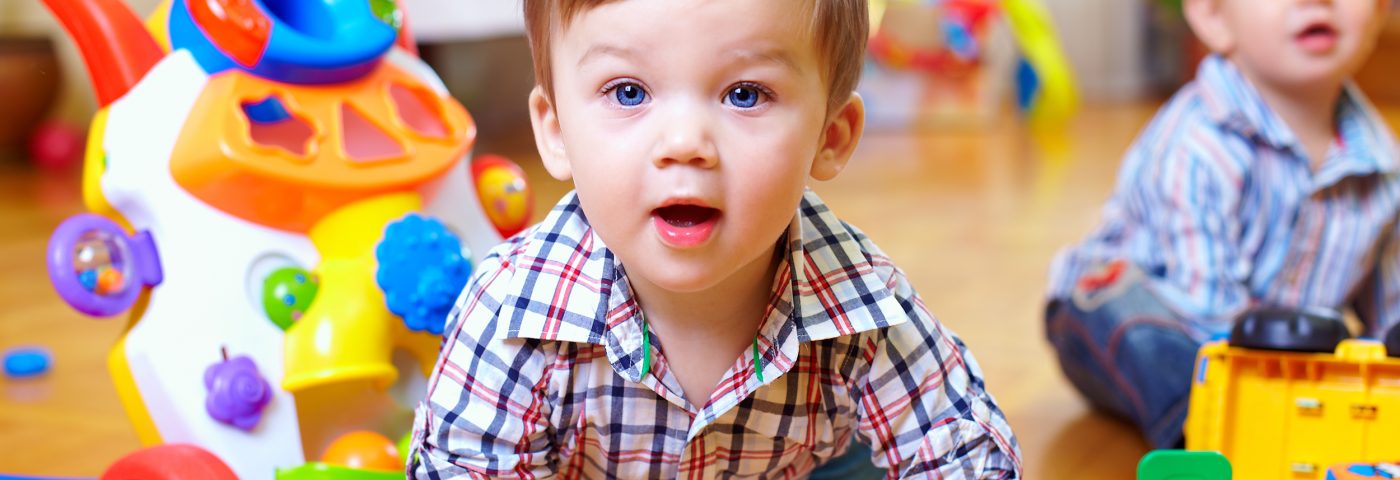A new study highlighted the importance of a comprehensive approach when caring for children with epilepsy, finding that 80 percent of them have an accompanying disorder.
The presence of one, or more, additional conditions occurring in parallel with a primary condition is known as a comorbidity. According to Epilepsy Research UK, most common comorbidities of epilepsy include depression, anxiety and autism.
The study, titled “Comorbidity and Childhood Epilepsy: A Nationwide Registry Study” and published in the journal Pediatrics, is one of the few national studies assessing a broad range of medical conditions in epileptic children.
Researchers, led by Dr. Richard Chin at the University of Edinburgh, analyzed data — spanning 2008 to 2013 — concerning over one million children born in Norway between 1996 and 2013. The children were split into three groups: those with ‘complicated’ epilepsy (have comorbidities), those with ‘uncomplicated’ epilepsy (no comorbidities) and those who did not have epilepsy.
“The management should not only focus on the epileptic seizures, but should also include thorough assessments of all aspects of health, including development, psychiatric symptoms, nutrition, growth, and sleep,” the researchers said in a news release.
The team found that 0.6 percent of the children analyzed had epilepsy and, of those with epilepsy, 80 percent also had at least one comorbidity.
In addition, those epileptic children with a difficult to treat disease or whose disease had worsened or evolved were seen to have higher rates of comorbidity than in children with easier to treat epilepsy or children without epilepsy. Children with uncomplicated and easier to treat epilepsy still had higher comorbidity rates than those free of the disease.
Epileptic children are known to be at higher risk of developing other neurological disorders, like intellectual disability or autism, as well as psychiatric conditions. Researchers concluded that children with epilepsy had a higher prevalence of all medical conditions, and that almost half had developmental or psychiatric difficulties, whereas those difficulties are seen in less than 10 percent of the general population.


